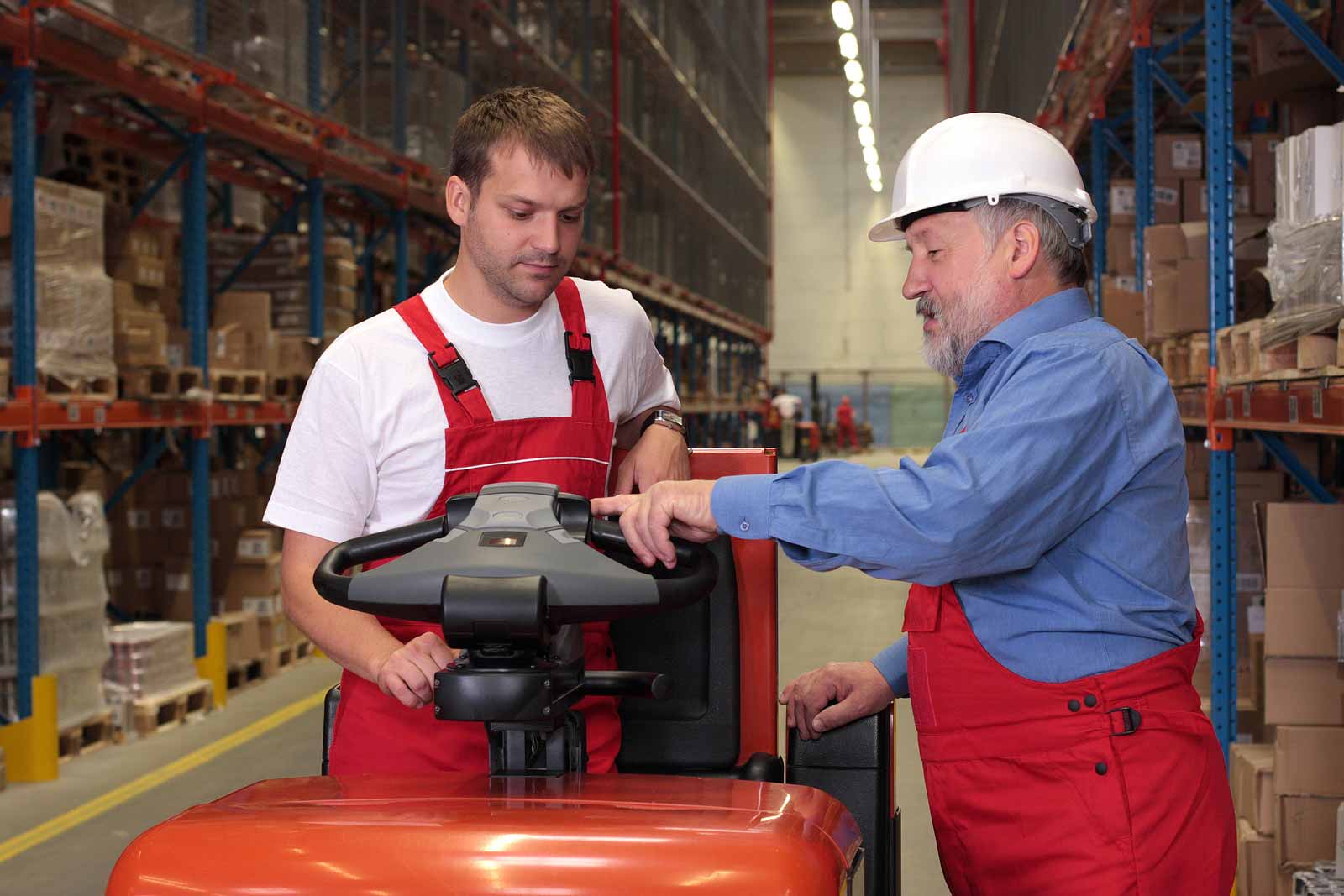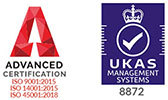Hard hats are a staple piece of protective equipment in the workplace, especially when it comes to industries like construction, manufacturing, engineering, distribution and warehousing. Hard hats are designed to protect the head from knocks and bumps, whether you hit your head on something hard or if something falls onto you from a height, hard hats are there as a precautionary measure to prevent someone from coming to serious harm. But why is it paramount for hard hats to be worn in the warehouse? Let’s take a closer look:
They help to prevent serious workplace accidents
Every single year, accidents take place in the warehouse, causing harm to employees and damaging stock and equipment. Over a three year period, there were approximately 29,000 non-fatal accidents in the warehouse, from 2020-2023, according to Zonesafe. More worryingly, however, figures that come from the HSE for 2022/2023 state that the most common types of fatal accidents in the warehouse include:
- Being struck by a moving vehicle
- Falling from a height
- Being struck by falling or flying objects, most notably
A hard hat would protect the head from falling or flying objects, and that’s why it’s a compulsory piece of protective equipment that should be worn when operating in and around the warehouse. Even visitors to the premises will be required to wear a hard hat to keep them safe.
It’s something that will not only keep workers and visitors safe, but it will also protect you financially. According to the HSE, the total economic cost of workplace injuries and accidents cost the industry around £1 billion annually. Mitigate the chances of workplace accidents by ensuring that everyone onsite is wearing a hard hat.
Hard hats are covered by the Personal Protective Equipment at Work Regulations 1992
The Personal Protective Equipment at Work Regulations 1992 puts the responsibility on British employers to ensure that suitable protective equipment is supplied in the workplace, and this includes the wearing of hard hats. Where it’s not applicable for every single industry and sector out there, it’s compulsory in environments where employees could come to harm, or are more likely to come to harm.
If you do not supply PPE to your workers when needed, it increases the likelihood of serious accidents and, as the employer, you will be liable for any damages. This includes paying out compensation and footing the bill for legal fees should the affected employee decide to sue you as result of suffering serious injury, states Cohen Cramer Solicitors. The same source also claims that a worker can claim compensation from you, known as special damages, if the worker has:
- Lost income as a result of their injury, treatment and/or recovery
- Paid for treatment out of their own pocket
- Proved that they need specialist equipment for mobility reasons
- Incurred professional care costs
- Received gratuitous care from family and friends when it comes to helping with personal hygiene or dressing them, for example
- Suffered prejudice in the job market as a result of injuries suffered at your workplace
- Undergone financial losses, such as losing their pension
Other protective equipment to wear in the warehouse, as well as hard hats
As well as wearing hard hats in the warehouse to protect the head and, in some instances, the neck, there are various other pieces of protective equipment that you will need to wear if you’re operating in and around a warehouse. As an employer, the following is the PPE that you need to be supplying to your employees.
Some employers will ensure that every worker is personally handed protective clothing and equipment, to make sure that there is enough of it to go around. The other pieces of PPE that your employees should be wearing and making use of includes the following, as well as hard hats:
- Safety goggles – acting like the average repair of glasses, these are simple safety glasses that can be worn to protect against dust and flying objects, although they’re more light-weight than safety goggles
- Safety glasses – these have coverage around the eyes and have an adjustable head strap that can secure a great fit around heads of any shape and size. They’re perfect for settings where there’s dust, liquid and flying objects
- Face masks – providing some light-weight protection from dusty settings where harmful substances can be inhaled into the lungs
- Respirators – these protect workers from coming into contact with harmful dust and other particles that can be inhaled. These protect from substances like asbestos, heavy dust, dirt and plaster
- Balaclava face masks – made from thermal fleece to provide complete protection for the head and neck from cold temperatures, these are ideal for use in perishable distribution warehouses and other premises where workers are exposed to cold temperatures for considerable periods of time
- Warehouse gloves – designed the prevent paper cuts when boxing up items and picking stock from the shelves
- Work gloves – a more heavy-duty version of the warehouse gloves, work gloves protect against cuts, heat and liquids and are typically worn when handling hazardous materials or when operating heavy equipment
- Steel toe work shoes – a steel-capped toe area for added protection, these should be provided to workers who work with heavy machinery and objects. They’re the most common type of safety shoe because of their high impact resistance
- Composite toe work shoes – made from non-metal materials, these are more light-weight and breathable than its steel-toe counterpart. This makes them more suitable for workers who will be on their feet for extended periods of time
- High-visibility jackets – perfect to remain visible when outside and to keep warm in cold conditions. This means they can also be worn in cold storage environments
- High-visibility vests – light-weight and reflective, they can be worn over the top of external wear or can be used indoors for maximum visibility
- Back support belts – providing additional lumbar support for the manual lifting of heavy goods to reduce back pain and back injury
- Disposable ear plugs – they can come corded or cordless and are made of foam. They conform to the shape of the average ear canal for comfort and should be used in areas where noise levels are considerable
- Behind-the-head earmuffs – ultra-light design that allows them to be used in conjunction with hard hats
- Cap-mount earmuffs – designed to attach to a hard hat for safe ear and head protection
- Over-the-head earmuffs – these are better for environments that don’t require the use of a hard hat
Multy Lift understands how important it is for workers to be protected in the warehouse. That’s why we have a wide range of high-quality, durable and safe pieces of warehouse equipment that can be used both inside and outdoors with absolute ease and peace of mind that your employees will be protected from harm. With forklifts that come with flashing lights and alarms to reach trucks that can be navigated safely around even the narrowest of aisles, we can be counted upon to supply warehouse machinery that you can trust. If you would like further information about the material handling equipment we have available, including industrial cleaning equipment, get in touch with a member of our friendly, knowledgeable team today – we have over three decades of experience in the industry, so you can rest assured that you’re in safe hands.







